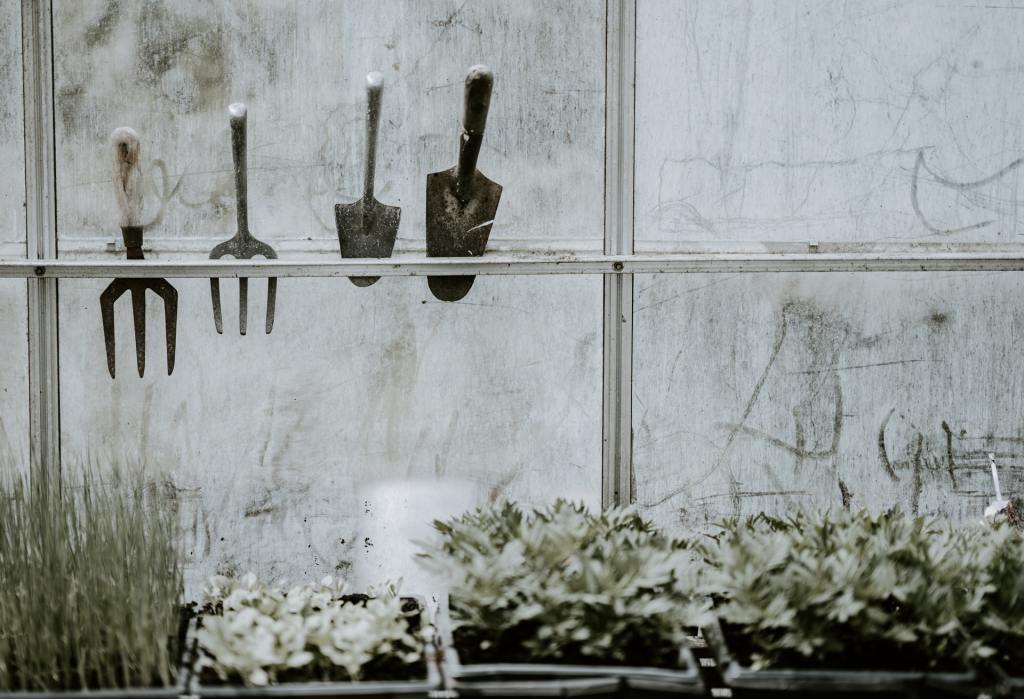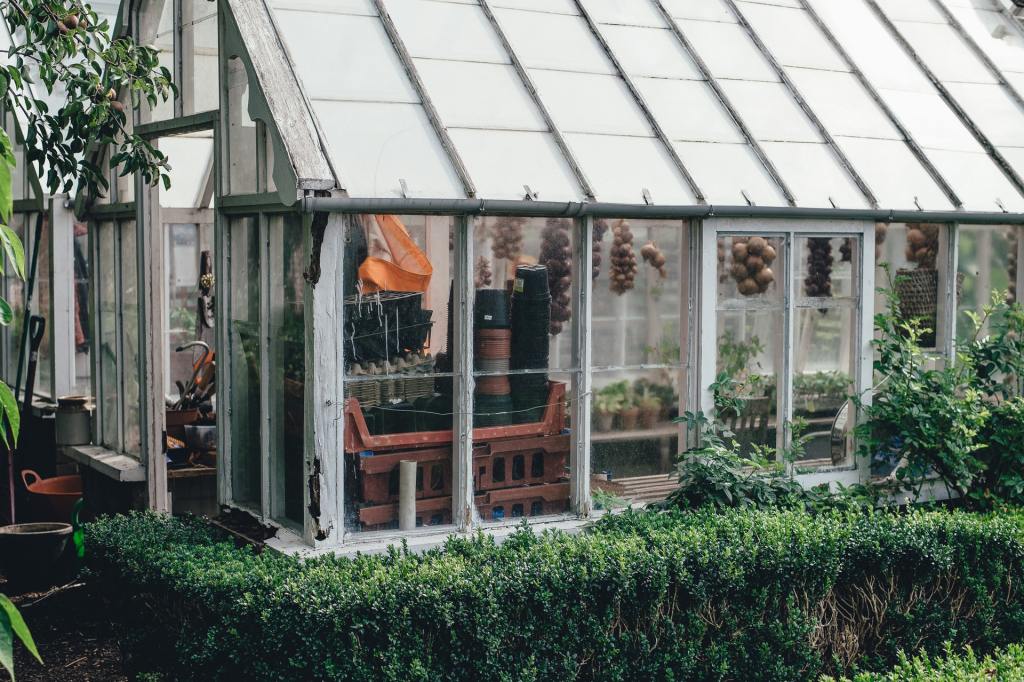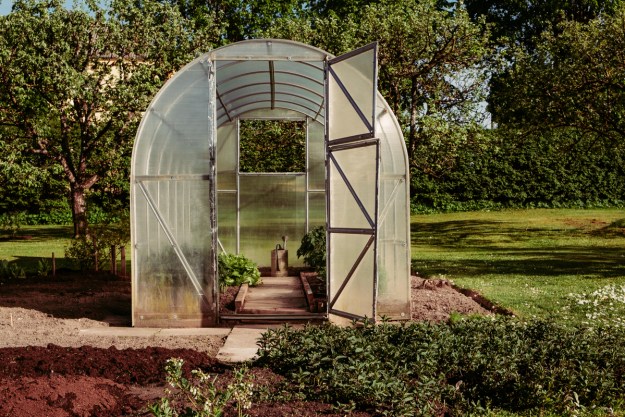When you first installed your greenhouse, it probably looked like a glittery glass castle for your lovely plants to grow and live in. However, weather, soil spills, and birds have made their mark on your greenhouse over time and now it’s probably looking cloudy and nasty. So how do you clean a greenhouse?
Why worry about a clean greenhouse?
You may be wondering if you even need to worry about cleaning your greenhouse. If you don’t mind the dirty look, maybe you could leave it as it is? Unfortunately, it’s much better for your greenhouse and your plants if you give the greenhouse a deep clean at least once a year. It’ll make it easier to use when it is clean and organized, and the walls of the greenhouse need to be clear so they can let in as much light as possible. Additionally, a clean greenhouse is less likely to spread pests and diseases to your precious plants. And lastly, things last longer when you care for them and greenhouses aren’t cheap.

When should you clean a greenhouse?
There’s no right time to clean a greenhouse; whenever you can is better than not at all. However, we suggest cleaning it when there isn’t so much to do in the garden and it isn’t so hot out. Usually, the fall is when the garden chores slow down and it starts to cool out, making cleaning the greenhouse much easier on you.
What is the best way to clean a greenhouse?
You can use whatever cleaning method works for you, but here is our step-by-step process that we recommend.
Step one: Empty the space
Of course, we know you can only empty a greenhouse so much if you have tender plants that need to stay warm. But as much as you can, take out the tools, buckets, and bags of soil. It will be much easier on you if you don’t have to fuss with items in your way as you clean the walls and floors. This also allows you to go through what you have and declutter if necessary.
Step two: Rough dusting
Over the season, spiders and bugs and maybe even some mice have tried to make homes in your greenhouse. This has probably led to a few cobwebs and dust piles around the corners. You’ll want to remove these large areas of debris before you start the deep cleaning. Use a broom to knock down the cobwebs and sweep up the floor; you’ve probably spilled some soil during the summer!
Step three: Clean the walls
The panels of your greenhouse will now need to be deep cleaned. You can use a bucket of warm water and a sponge to wipe them down, but we also recommend bringing a long-handled brush to make life easier. This way, you can dip the brush into the bucket of soapy water and scrub down the walls with the long-handled brush. You’ll be able to reach every inch of the walls without killing your back.
This step should be repeated outside as well. Weather, birds, and insects have probably left their mark on the walls of your greenhouse, and you’ll want to clean that up before next season.
Step four: Clean your tools and reorganize
As you bring everything back in now that the greenhouse is clean, we recommend taking this time to clean and organize your tools and supplies. Use a new bucket of warm soapy water and clean up extra pots, tools, and supplies. As you put them away, be sure they’re organized in a way that best optimizes the space.

Can I pressure wash a greenhouse?
Yes! Using a pressure washer to clean your greenhouse is an excellent way to clean the outside and inside much faster than you could with a bucket and sponge. Just be careful of the seams and any tools or plants surrounding the area. If you’re worried about doing it yourself, calling in a commercial pressure washing company is always an option.
Can I use bleach to clean my greenhouse?
Yes, it’s perfectly fine to use bleach to clean your greenhouse. It’s a great way to disinfect the space to ensure no diseases are spread from plant to plant. However, remember that bleach is a strong chemical that will kill plants if they come in contact with too much of it. So be sure to dilute it properly and keep it away from your plants.
How do you sanitize a greenhouse?
You can either use rubbing alcohol to clean and sanitize your greenhouse, or you can use diluted bleach.
Even the more organized and clean gardeners will need to clean their greenhouse every so often. When the time comes to clean, use this guide to ensure you remember each step and make the process as easy on you as possible.
Editors' Recommendations
- 6 fantastic backyard design apps to help you craft your own personal oasis
- Is it a good idea to use greenhouse grow lights? Here’s what to know
- The ideal greenhouse temperature and humidity settings for every season
- A beginners guide on what to grow in your greenhouse for a thriving garden
- What you need to know about light deprivation (or ‘light dep’) greenhouses and how they work


